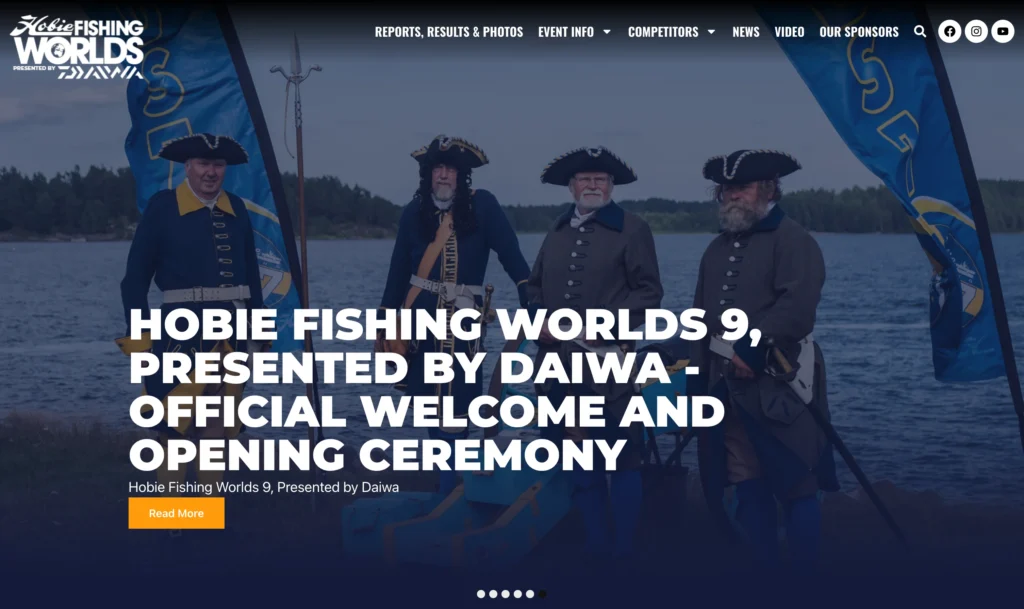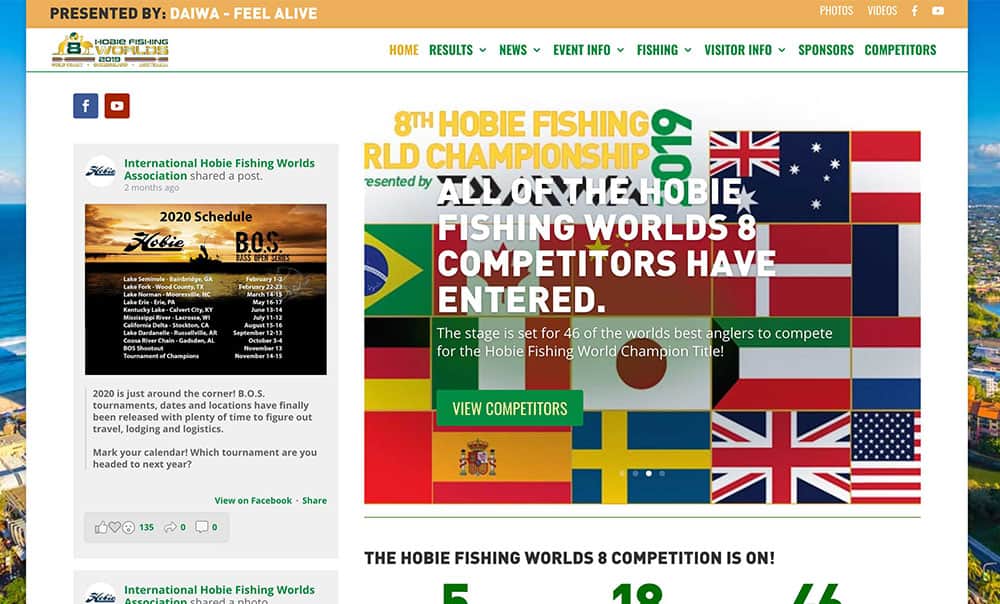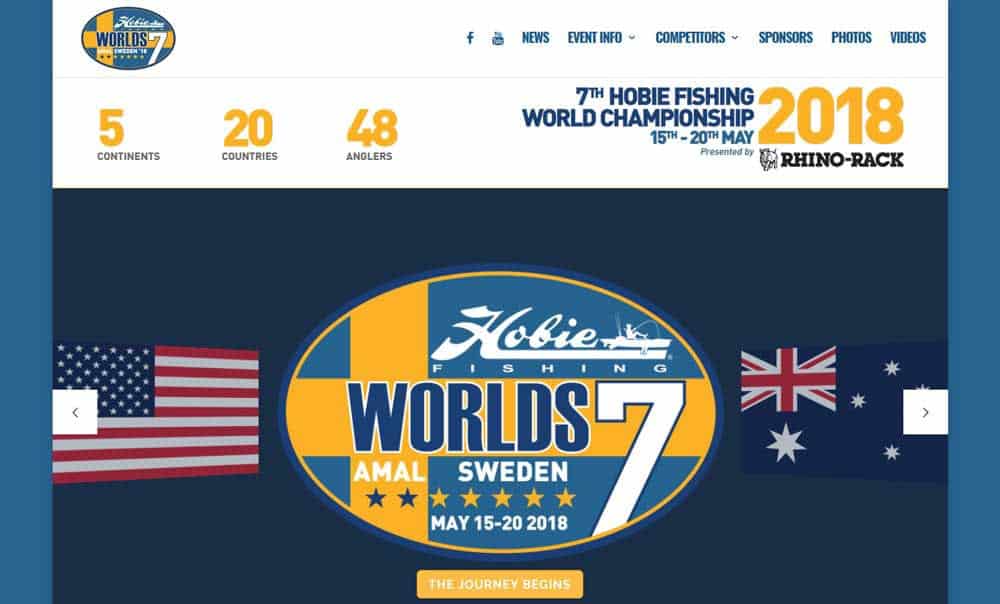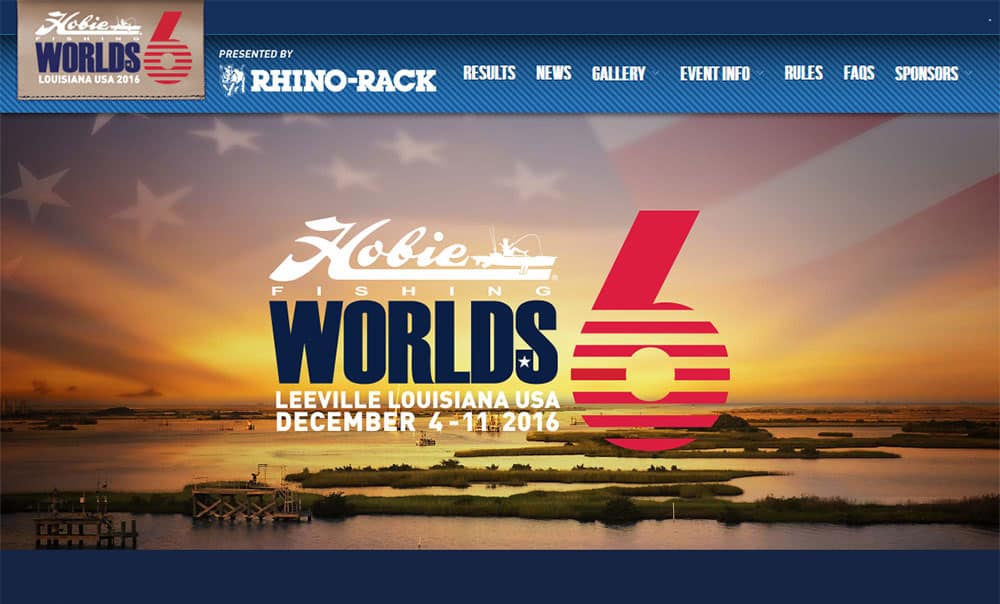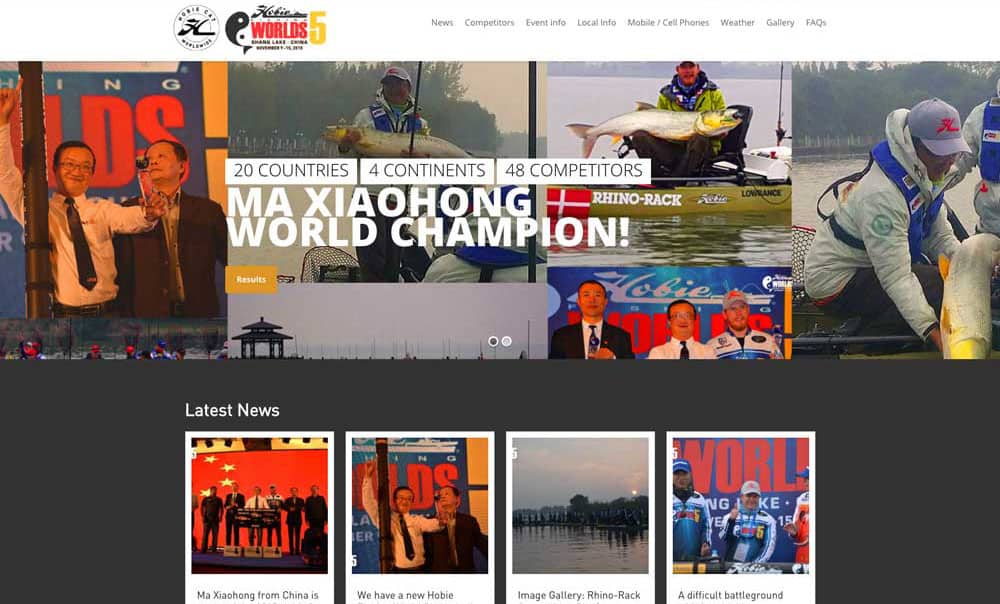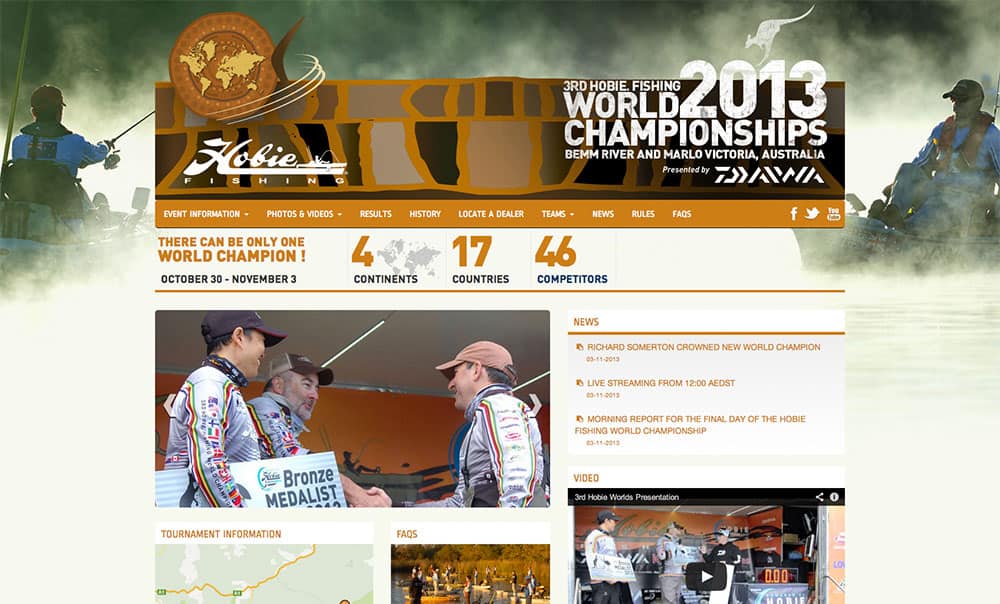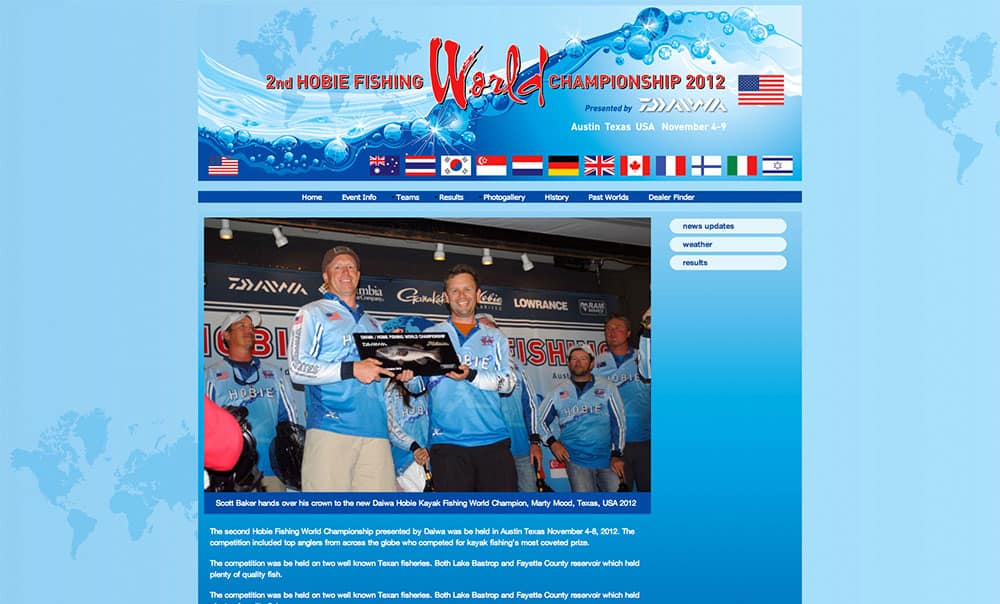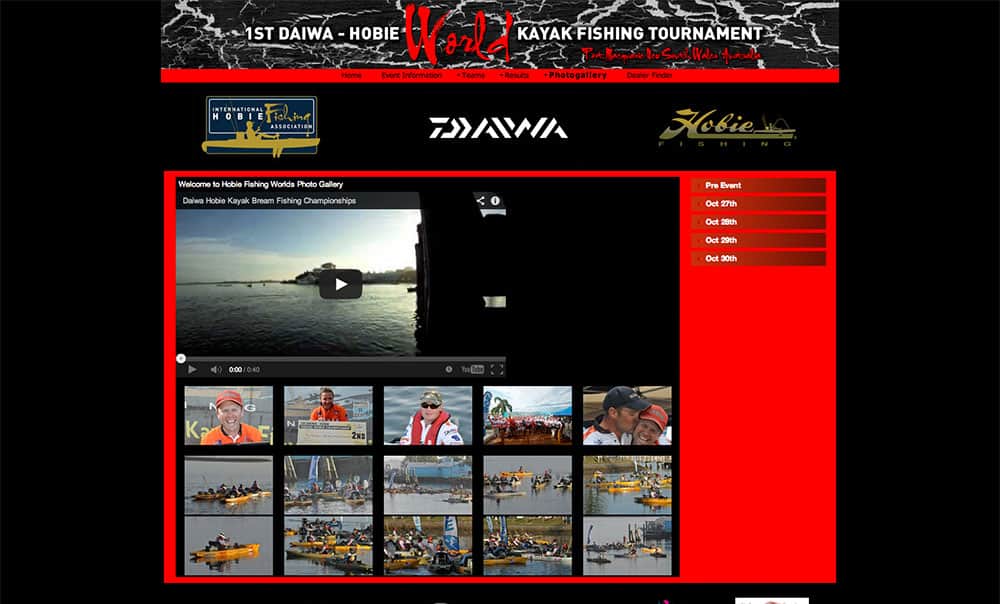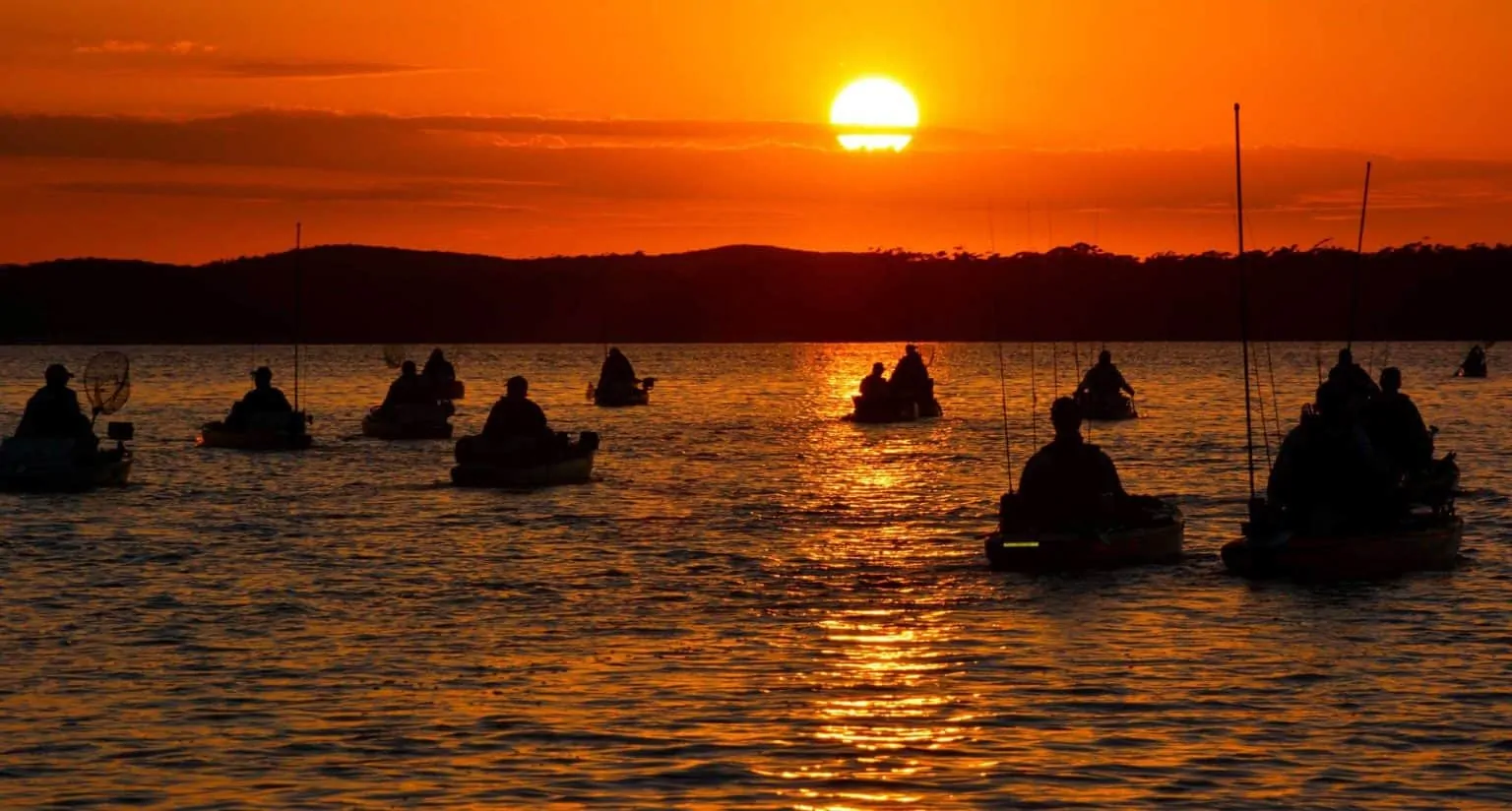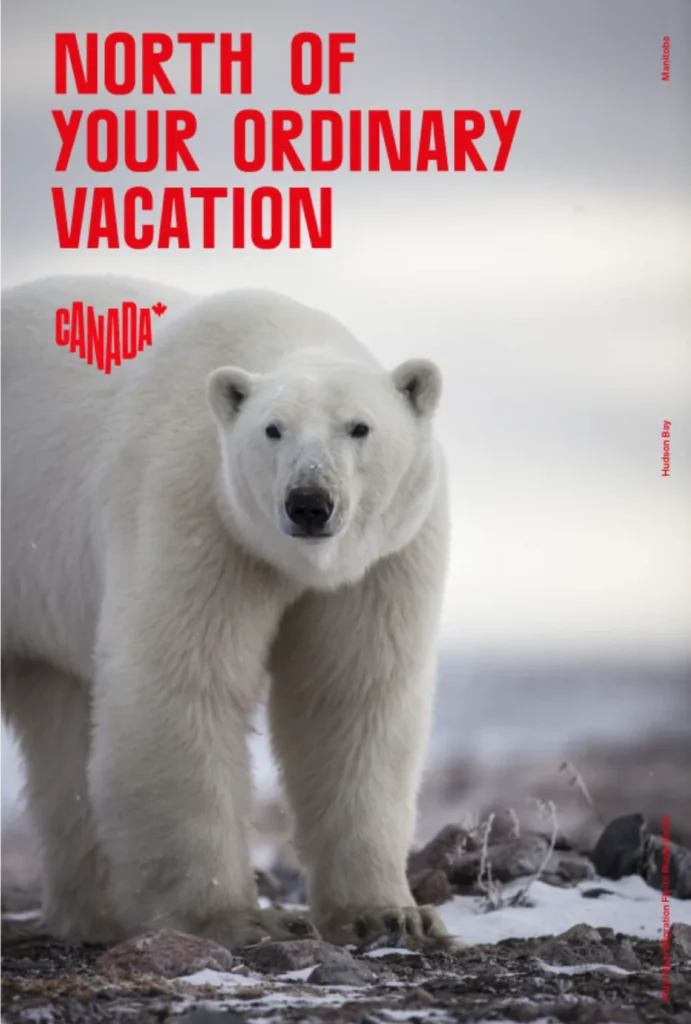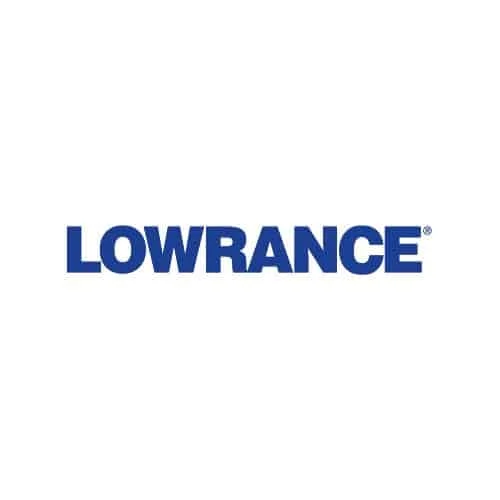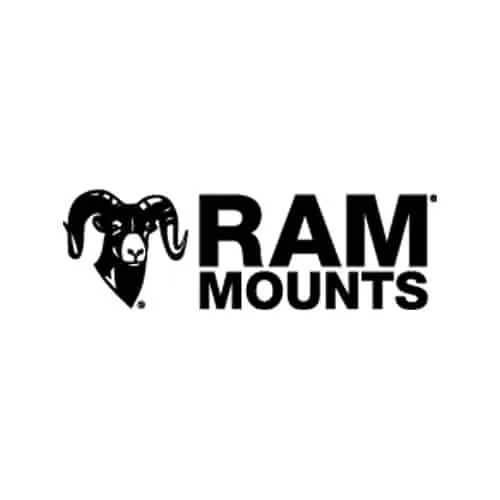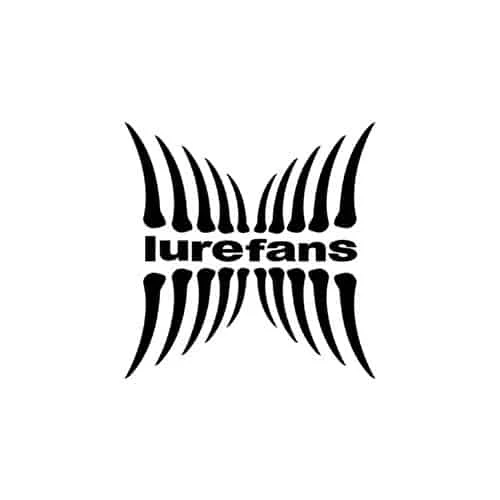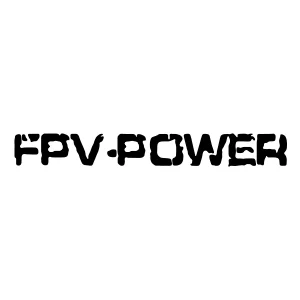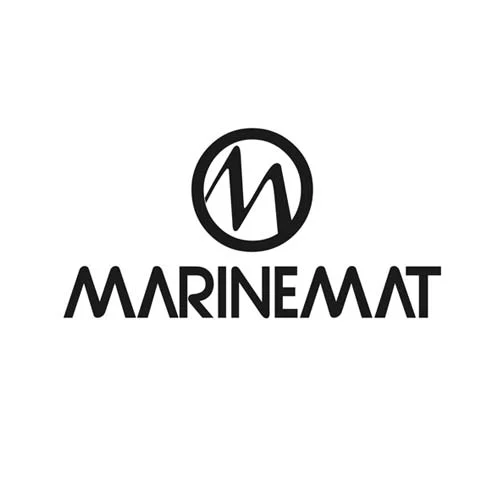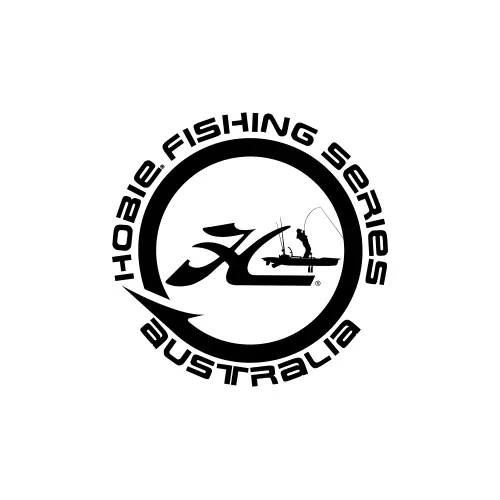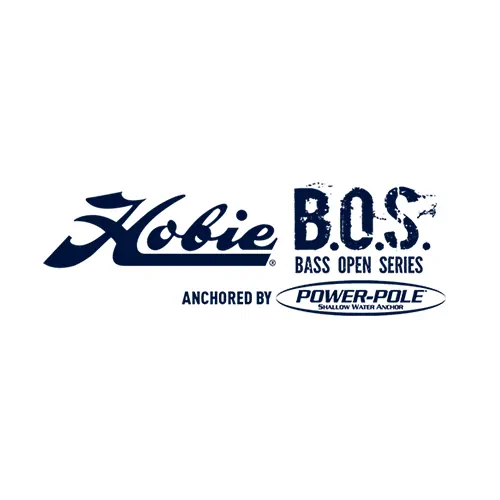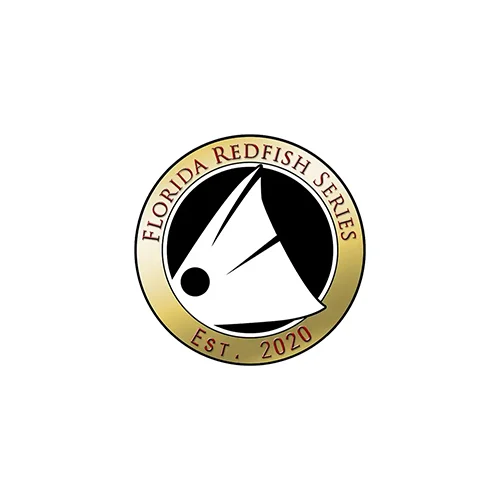From those early days Hobie has grown and diversified into new areas. The company’s venture into kayaks has built a huge, worldwide kayak fishing fraternity and a dream to bring these anglers together. With the proven success of the sailing world championships in mind the first Hobie Fishing World Championship was conceived and contested in 2011.
Field’s concept carried over other ideas from the Hobie 16 sailing world championships where all sailors are placed on an even keel, by sailing in identical, completely new boats built and supplied specifically for the event. The difficulty and expense for a competitor, of freighting a boat to an international venue had now been taken care of by the event organizers.
Just like the sailing concept, all anglers in the first Hobie Fishing World Championship were supplied with exactly, the same kayak, a Hobie Mirage® Pro Angler’ 14’s, rigged out, at the Hobie Asia Pacific factory in southern New South Wales, with quality accessories straight out of the packet.
The sailing worlds had given Hobie staff a strong background, and depth of experience in event organization from running 35 years of world championships – that expertise was set to help make the kayak fishing world championship flourish.
In 2011 a site on the north coast of New South Wales, Australia,
was chosen for the inaugural world championship. In November of that year,
after months of planning, the 1st Daiwa Hobie Kayak Fishing World Championship,
(HFW1) pedalled off in Port Macquarie with 18 competitors from 5 countries, and
by all accounts the event was a spectacular success. Anglers, feasted on crocodile, kangaroo and emu and listened to the haunting, indigenous sounds of the didgeridoo, while Australian Scott Baker from Victoria (AUS) ate up the opposition and took out the first world championship title, chasing a single species, Yellowfin Bream. The first lure had been cast, and the first world champion had been crowned. The stage was now set, and from those little things, big things were set to grow.
A World championship (HFW2) was held in the following year in Texas, USA on Lake Bastrop and Fayette County Reservoir just outside of Austin, where Marty Mood from Florida (USA) was crowned world champion. The list of competitors in the tournament had grown from 18 to 43 anglers, representing 12 countries, including European anglers for the first time.
The success of the tournament in the USA was staggering, and anglers from across the world began to compete in qualifying tournaments to represent their country in 2013 at HFW3, where an eager China team would become involved for the first time.
The world championship returned to its birth-place Australia. This time at two Bream fishing meccas, Bemm River and Marlo, in the East Gippsland region of Victoria. Australian Richard Somerton from Victoria was crowned the new world champion. Somerton’s rise to the top of the world established an enviable reputation for him that has since grown from one world championship to the next.
In 2014, (HFW4) the world’s best kayak anglers headed to Europe for the first time and a new major sponsor Rhino-Rack supported the event. Vinkeveen Plassen, just outside of Amsterdam in the Netherlands was the picturesque location where anglers targeted Pike, Perch and the “Elusive Zander”. Steve Lessard from Louisiana, (USA), put in an amazing performance and rightfully won the 4th world championship, but Lessard wasn’t about to stop there.
2015 saw the world championship (HFW5) head to Shang Lake in Changshu, China and take on an Asian flavor for the first time. Off the water it was the most spectacular cultural and social event ever help at any Worlds.
On the water it was the toughest Worlds to date, testing every angler’s skill to the max.
Xiaohong Ma, from China, like all anglers had been toughing it out with little success, until the final hour of the championship when he dragged a huge 115cm Yellow Cheek Carp aboard his Hobie. Screams of joy could be heard across the ancient waterway. Ma jumped ahead of teammate Haiyang Li, who had led the championship for the first two days and beating 47 of the world’s finest anglers to claim the world title for China in front of a potential live television viewing audience, on the Fishing Channel, of 15,000,000 Chinese subscribers.
2016 (HFW6) saw the return of the Worlds to the USA. This time, away from the freshwater Bass of inland Texas that anglers had targeted back in 2012, and over to the saltwater bayous of Leeville in Louisiana to battle huge Red Fish, Speckled Trout and Flounder. It was the first year a team from South America was to compete with the qualification and inclusion of four Brazilian anglers.
In the moments that counted in this incredible world championship, it came down to a final day battle of two ex-world champions, 2013 world champion Richard Somerton (AUS) and 2014 world champion Steve Lessard (USA). It was a battle of the mighty, but as is often said, “there could only be one winner”, and the hometown boy from Baton Rouge, Louisiana, Steve Lessard, applied his local knowledge and his refined redfish skills and fought his way past Somerton to become the first two-time world champion in the history of the world championship.
The Swedish town of Amal, which hugs the shores of Lake Vanern, Europe’s third largest lake was the location for HFW7 in May 2018. 48 anglers from 20 countries contested the tournament on a magnificent waterway, a haven for Perch and giant Pike. After feasting on moose, deer and other local delicacies each evening, a buzz of excitement engulfed the event site in the early morning as anglers prepared for the first day of competition.
As colorful as each day’s open and close was, the real action was on the water where the championship came down to the final seconds of the last day when Europe finally gained their first Hobie Fishing World Champion. Salah Eddibe from Germany had performed magnificently on all three days of the worlds and outshone brilliant performances by all anglers in the top ten, any of whom could have taken the title in that exceptional, highly competitive, final session.
In 2018 the Worlds once again returned to Australia for HFW8 on Australia’s coastal playground and tourist hotspot, the Gold Coast in Queensland. Under modern skyline of massive skyscrapers towering over a pristine waterway, anglers battled it out targeting Yellowfin Bream in a contest in which the Aussies were feeling the pressure. They had taken out all of the podium positions in the previous Worlds held in Australia and this year they desperately wanted to do it once again.
After three days of exhaustive competition and some great performances by international anglers such as Nate Gloria from the USA who took it to the Aussies right to the end it was Andrew Death from Sydney, Australia who fist-pumped the air, then turned away in disbelief of his unexpected fortune, the new 2019 Hobie Fishing World Champion was shocked. A disappointed Jack Gammie, (Sydney, Australia) dropped to a commendable third after a brilliant performance leading the event for the previous two days. Simon Morley (Bulli Australia) finished in a commendable second place. Australia had its third 1,2,3 from three world championships held in the country.
The Aussies had kept up their enviable record on their home waters but in the end, the Worlds was the big winner. The urban environment in this Aussie tourist haven was so popular with the competitors and their supporters we’ll surely see a world championship return to the venue in the future.
2019, (HFW9) the world was under covid restriction, and the event was cancelled 3 times before world-wide conditions improved enough to run the event. The Hobie Fishing World 9 Champion, Stian Slora, from Norway takes the crown!
All nine world championships have been absolutely, brilliant tournaments, with ferocious competition and extreme tests of skill. Yet each has overflowed with stimulating, cultural immersion and unrivalled camaraderie, just the way Steve Fields had envisioned it back in 2011.
A RICH HISTORY
